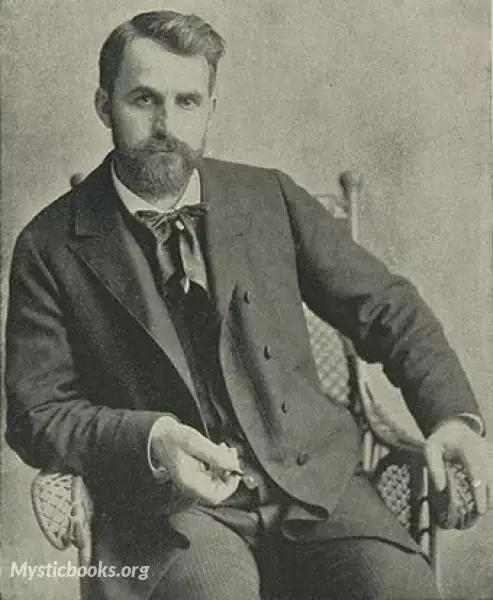
Timeline
Title
Country/Nationality
Hamlin Garland
Hannibal Hamlin Garland was an American novelist, poet, essayist, short story writer, Georgist, and psychical researcher. He is best known for his fiction involving hard-working Midwestern farmers.
Hannibal Hamlin Garland was born on a farm near West Salem, Wisconsin, on September 14, 1860, the second of four children of Richard Garland of Maine and Charlotte Isabelle McClintock. The boy was named after Hannibal Hamlin, the vice-president under Abraham Lincoln. He lived on various Midwestern farms throughout his young life, but settled in Boston, Massachusetts, in 1884 to pursue a career in writing.
He read diligently in the Boston Public Library. There he became enamored with the ideas of Henry George, and his Single Tax Movement. George's ideas came to influence a number of his works, such as Main-Travelled Roads , Prairie Folks , and his novel Jason Edwards .
Main-Travelled Roads was his first major success. It was a collection of short stories inspired by his days on the farm. He serialized a biography of Ulysses S. Grant in McClure's Magazine before publishing it as a book in 1898. The same year, Garland traveled to the Yukon to witness the Klondike Gold Rush, which inspired The Trail of the Gold Seekers . He lived on a farm between Osage, and St. Ansgar, Iowa for quite some time. Many of his writings are based on this era of his life.
In 1893, Hamlin moved to Chicago, where he lived at 6427 South Greenwood Avenue in the Woodlawn neighborhood. He is considered "a significant figure in the Chicago Literary Movement" and "one of Chicago's most important authors". Moccasin Ranch Park, located near address, is named in his honor.
In Illinois, Garland married Zulime Taft, the sister of sculptor Lorado Taft, and began working as a teacher and a lecturer.
A prolific writer, Garland continued to publish novels, short fiction, and essays. In 1917, he published his autobiography, A Son of the Middle Border. The book's success prompted a sequel, A Daughter of the Middle Border, for which Garland won the 1922 Pulitzer Prize for Biography. After two more volumes, Garland began a second series of memoirs based on his diary. Garland naturally became quite well known during his lifetime and had many friends in literary circles. He was made a member of the American Academy of Arts and Letters in 1918.
After moving to Hollywood, California, in 1929, he devoted his remaining years to investigating psychic phenomena, an enthusiasm he first undertook in 1891. In his final book, The Mystery of the Buried Crosses , he tried to defend such phenomena and prove the legitimacy of psychic mediums.
Garland died at age 79, at his home in Hollywood on March 4, 1940. A memorial service was held three days later near his home in Glendale, California. His ashes were buried in Neshonoc Cemetery in West Salem, Wisconsin, on March 14; his poem "The Cry of the Age" was read by Reverend John B. Fritz.
The Hamlin Garland House in West Salem was designated as a National Historic Landmark in 1971.
Books by Hamlin Garland
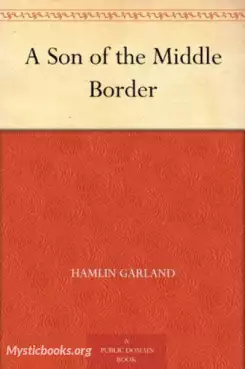
A Son of the Middle Border
The son of a civil war vet in the Midwest, Garland hated farming and the frontier, and was delighted to (after some adjustment) find a living in the city. Not much in the way of countryside paeans from him, though there was a lot of Georgism -- Garla...
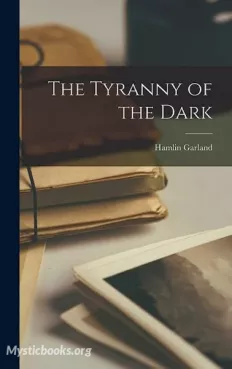
The Tyranny of the Dark
This is a captivating novel that delves into the clash between reason and irrational beliefs. Set against the backdrop of the late nineteenth century, this thought-provoking book takes readers on a journey through the complexities of faith, science,...
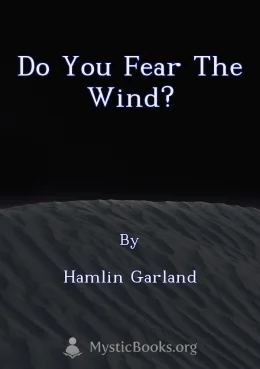
Do You Fear the Wind?
A collection of poems that explores the struggles and triumphs of rural life in the American Midwest. Garland vividly depicts the harsh realities of farming, the beauty of the natural landscape, and the indomitable spirit of the pioneers who settled...

Spirit of Sweetwater
Set in the rugged mountains of western Colorado, "Spirit of Sweetwater" tells the story of Clement, a successful miner haunted by a past he's desperate to reconcile with. He finds himself drawn to a young woman dying from a mysterious illness. Knowin...
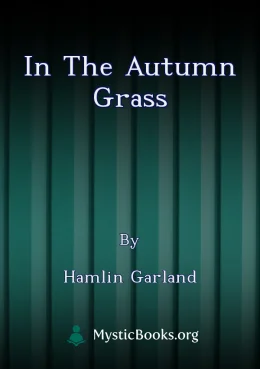
In the Autumn Grass
In the Autumn Grass is a poem by Hamlin Garland that celebrates the beauty and power of the American prairie. The poem is filled with vivid imagery of the windswept grasslands, the rustling bluestem, and the vastness of the landscape. Garland's poe...